Buying a SIM Card or eSIM in Tonga
Articles on this site contain affiliate links, meaning I may be compensated if you buy a product or service after clicking them. The full privacy & disclosure policy is here.Tonga is one of the most underrated tourist destinations in the world. One of only two places on the planet where you can get in the water and swim with humpback whales, it’s home to some of the best beaches I’ve ever seen, all of them with nobody on them.
It’s full of friendly welcoming locals with a fascinating culture, and it’s safe, inexpensive, and seriously beautiful. I’ve been recommending it to everyone I meet.
So what doesn’t Tonga have? Affordable, usable Wi-Fi. No matter where you choose to stay on the 36 inhabited islands, the one thing I guarantee is a struggle to stay connected.
Two of my guesthouses promised free internet for guests but didn’t offer it at all when I turned up. One had free, usable internet only in their restaurant, and two didn’t advertise having it. One charged $25 per 500 MB of data, which then went down just after I paid for it.
This is why you should buy a SIM card for Tonga. While data services wouldn’t win any awards for speed, I had signal everywhere, and could even tether my laptop to my phone to get some work done and watch a few Youtube videos at times.
Travel eSIMs are also available for Tonga: although they’re very convenient, there aren’t a lot of options and prices are quite high. I wouldn’t recommend them if you’re traveling independently or for long stays, but they’re fine if you just need a bit of data to tide you over.
Here’s what you need to know about getting connected in Tonga.
Companies
There are only two cellular providers in Tonga, Digicell and U-Call.
If you’re only going to be visiting Tongatapu, ‘Eua, Lifuka, or Foa in Ha’apai, and Neiafu in Tonga, Digicel will work well for you. It has faster speeds than U-Call but less coverage, so as long as you’re on these main islands, you’ll be able to stay connected.
The joys of Tonga, however, are away from the main islands. They’re found on tiny islands barely 100 metres long, with only four bungalows to stay in. They’re getting away from the crowds to experience life with few Western influences, and immersing yourself in local villages to learn about how Tongans live today.
Need travel insurance for Tonga?
Need travel insurance for Tonga?
U-Call, then, is the best option if you’re going to be island-hopping away from the larger places. It has coverage across pretty much every island in Tonga, and I had a data connection everywhere I went.
The speeds were slower than you’d get with Digicell, but the coverage was excellent and the speeds were generally usable. In ‘Eua, I was even able to tether my phone to my laptop and watch Youtube videos without a problem!
Travel eSIM for Tonga
Like I mentioned earlier, there aren’t a lot of companies offering travel eSIMs for Tonga yet, and those that do tend to be quite expensive for the amount of data they provide.
That won’t be a big issue if you’re staying in a resort with decent Wi-Fi and just want something to tide you over for whenever you venture out of range, but I wouldn’t recommend them for independent travelers heading to more remote spots.
That’s for a few reasons: they use the Digicell network which isn’t great outside the main islands, the data allowances aren’t really enough if the Wi-Fi stinks or doesn’t exist wherever you’re staying, and they don’t come with a local phone number.
I talk more about the need for phone calls below, for those traveling independently to more remote islands. You can make outbound calls with Google Voice or similar, but receiving them from local numbers is more of a problem.
Prices are generally the same or very similar between aloSIM and Airalo. I’ve used both companies without a problem in the past, so if you do decide to pick up a travel eSIM, it doesn’t really matter which one you go for.
There’s a pricing table below that I update every week, with details of all of the plans from the companies I recommend.
How to Buy a Prepaid SIM Card in Tonga
Buying a SIM card in Tonga is extremely easy.
If you fly into Tongatapu’s International Airport (and you most likely will), both cellphone companies have booths directly within sight as you exit the airport. The staff speak excellent English, and will be able to help you choose the right plan.
The other international airport in Tonga is in Vava’u, and the situation is much the same. You’ll find U-Call and Digicel booths beside the airport, where you can buy a SIM card within a few minutes.
You’ll need to have a form of ID with you, which shouldn’t be a problem if you’re grabbing a card upon arrival. If not, remember to take your passport when you buy one.
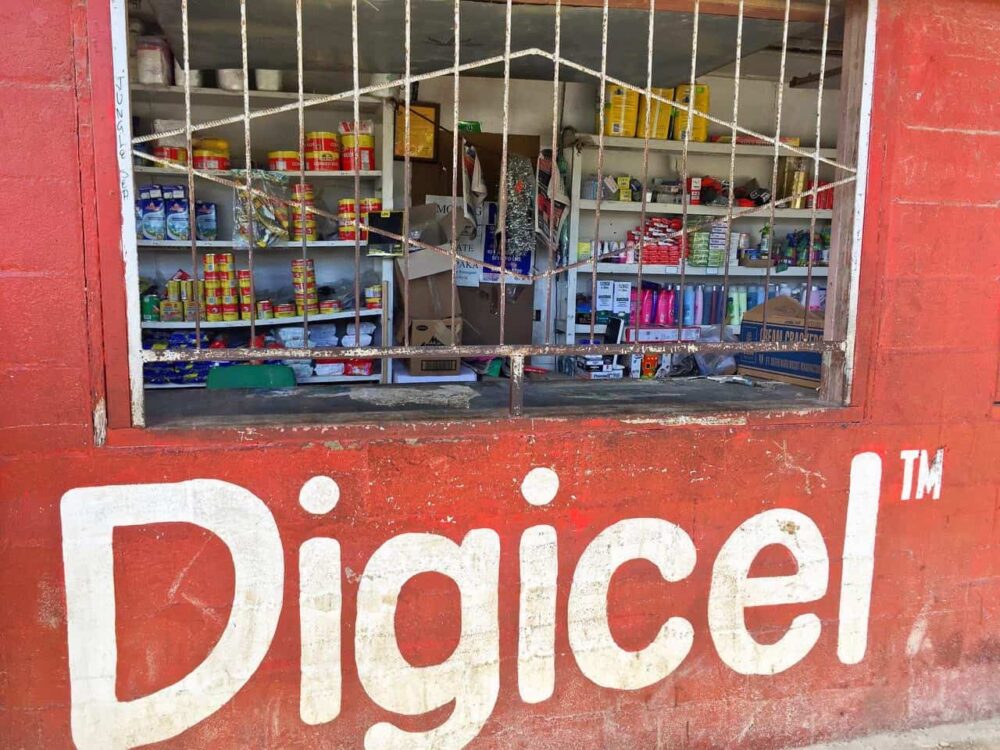
Outside of the airports, there are plenty of providers that offer SIM cards for sale. Just look for the Digicel or U-Call branding while you’re walking around.
Prepaid SIM and eSIM Costs
U-Call
When I visited, SIM cards were priced at 5 TOP ($2.20 USD) for both U-Call and Digicel. 5GB of data valid for two weeks cost 15 TOP ($6.60) with U-Call, and I added 10 TOP ($4.40) for enough credit to make a few domestic phone calls.
You can also buy bundles that include call, text, and data, although they may not be as good value for most tourists unless you plan to make a lot of calls. As an example, it was 30 TOP for 2GB of data, 1000 minutes, and 1000 SMS, valid for a month.
No matter how you do it, it’s definitely worth getting some call credit with your SIM. Many guesthouses are fully offline, so you’ll need to call them to make a reservation, etc.
In a country where I came up against Wi-Fi priced at $25 per 500MB of data (or simply not available at all), the data rates with U-Call definitely saved me money and helped me stay connected.
Airalo and aloSIM
As I mentioned, not all eSIM companies offer service in Tonga, and those that do are quite expensive and have near-identical prices. Check the current pricing below and then just go for whichever is cheapest at the time.
I’ve compared many of them in the past, and here’s how the best ones stack up in Tonga. Prices and package details were last updated on April 29, 2024.
Topping Up
U-Call and Digicel
You can buy credit top-ups pretty much everywhere in Tonga, as long as you’re in a village with a couple of stores. Just look for the U-Call or Digicel branding, or ask around at any general store.
To top up on U-Call, you’ll be given a voucher number to enter when you call 0800 912. With Digicel, you’ll need to enter the voucher number after dialing *121*[voucher code]#.
Airalo and aloSIM
Topping up with either of the travel eSIM companies is done by logging into the website or app. You just select your Tonga eSIM, hit the top-up button, and buy the same package again.
The top-up packs have exactly the same pricing and duration as the original eSIMs: there’s little difference between topping up your current eSIM and buying a new one, other than not having to activate it.
Coverage and Data Speeds
U-Call coverage was excellent, but data speeds were not. That said, I had at least 2G/EDGE connection everywhere I went, even on small islands, and it was usable most of the time. I was even able to stream videos from Youtube in parts of Tongatapu, ‘Eua, and Vava’u while tethering my laptop to my phone.
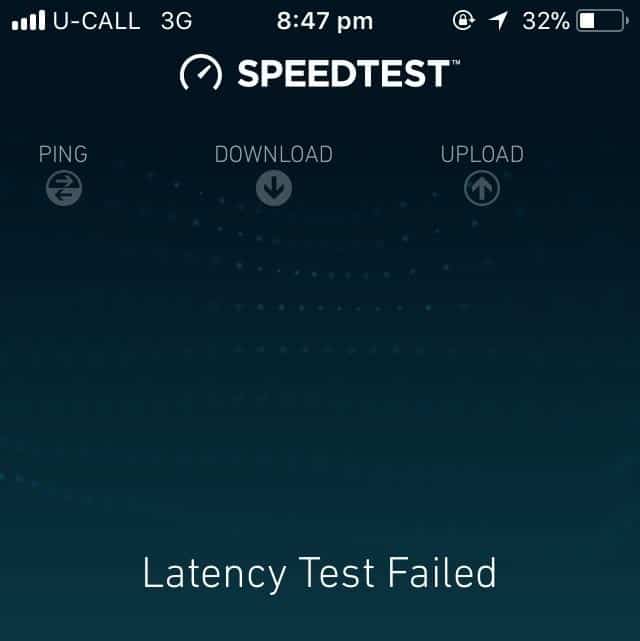
Unfortunately, I wasn’t able to accurately measure speeds for 98% of my time in Tonga, as my speed test app continually gave me a “latency test error” message whenever I opened it up.
According to Ookla, this “typically occurs when the server has gone temporarily down.” That seems unlikely, since I received the error multiple times a day throughout my two weeks in the country.
I would compare my results of using U-Call with Digicel, but the coverage map on their website currently links to a map of Jamaica, which is, um, interesting.
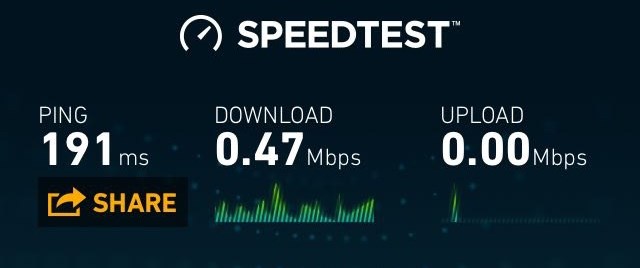

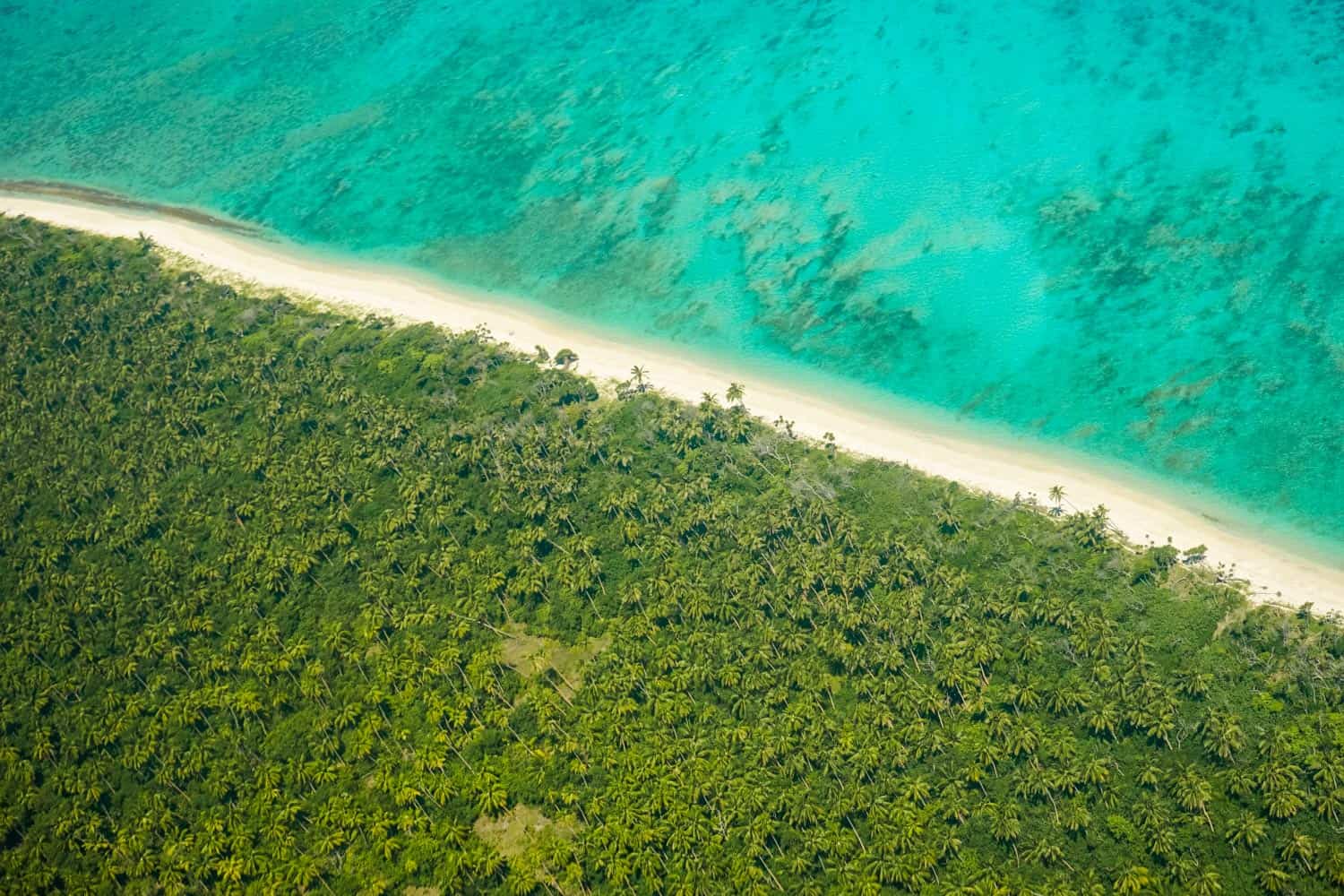
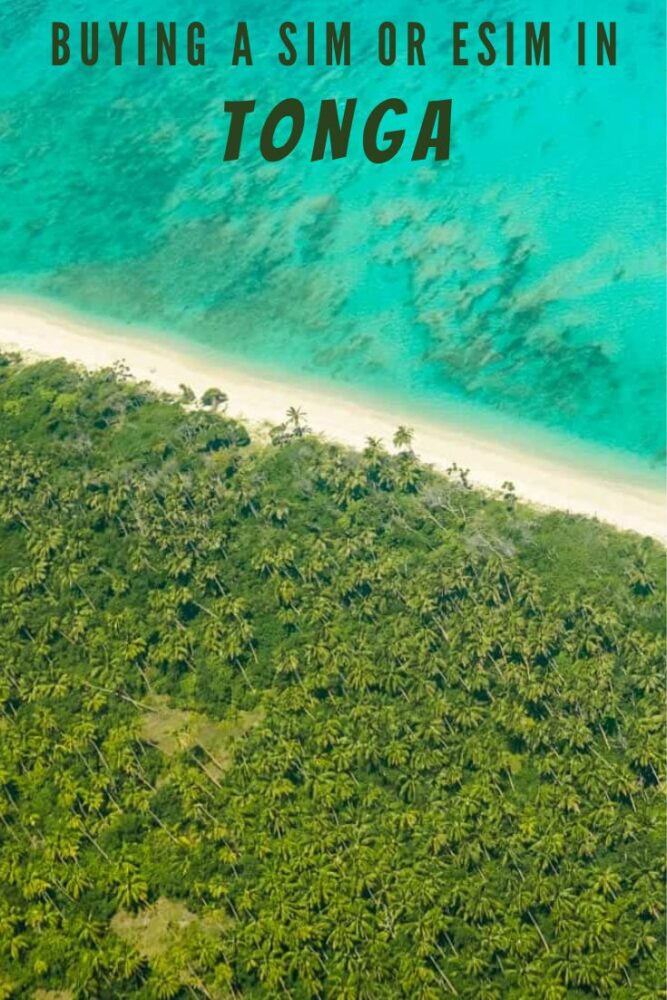
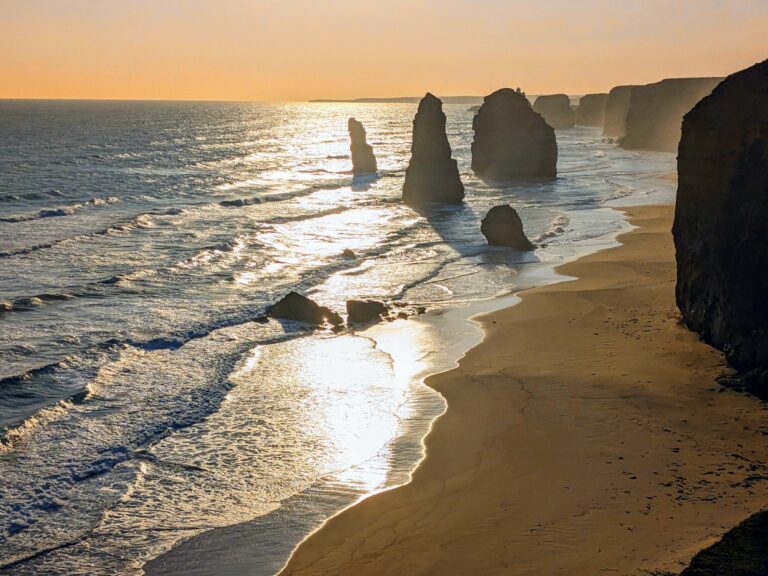
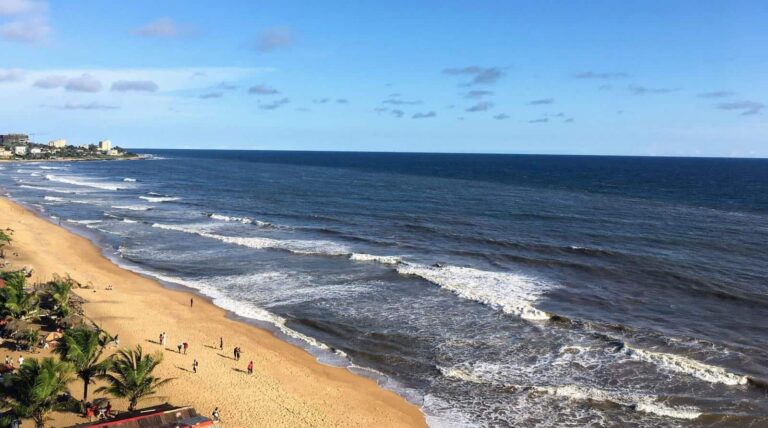


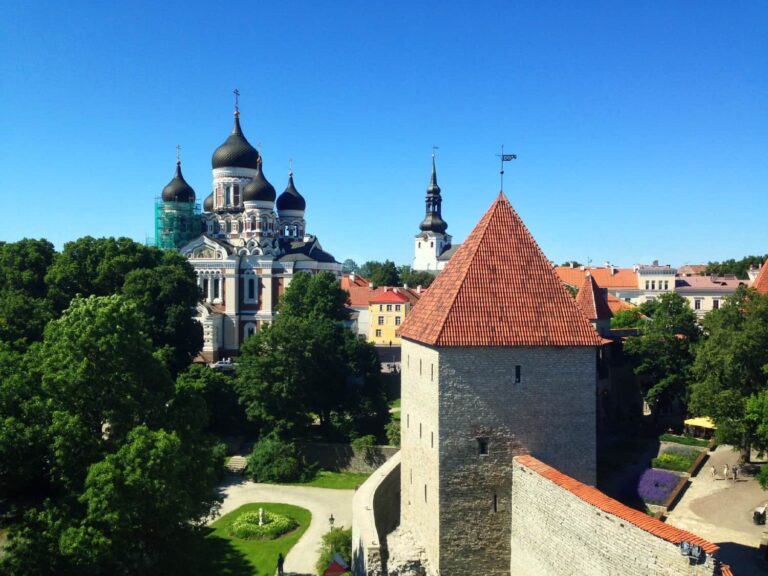

Good info…can we buy a sim card in Tonga for our (American) iPhone 8? And 6 and 11? We will be filming there for over a year. Last time we filmed our first doc in 2004 there was basically no internet and extremely unreliable cell service.
Physically they’ll all use the same nano SIM card, so no problems there. As long as the SIM slot on all of the phones is unlocked for overseas use, you’ll be good to go with all three models. If you’ve used SIM cards overseas in those phones before, you’ll be fine, otherwise you may need to check with your carrier if you don’t know the phone/SIM slot is unlocked. From what I’ve read, you should get 2G and 3G with all three phones, and may possibly get LTE where it’s available.